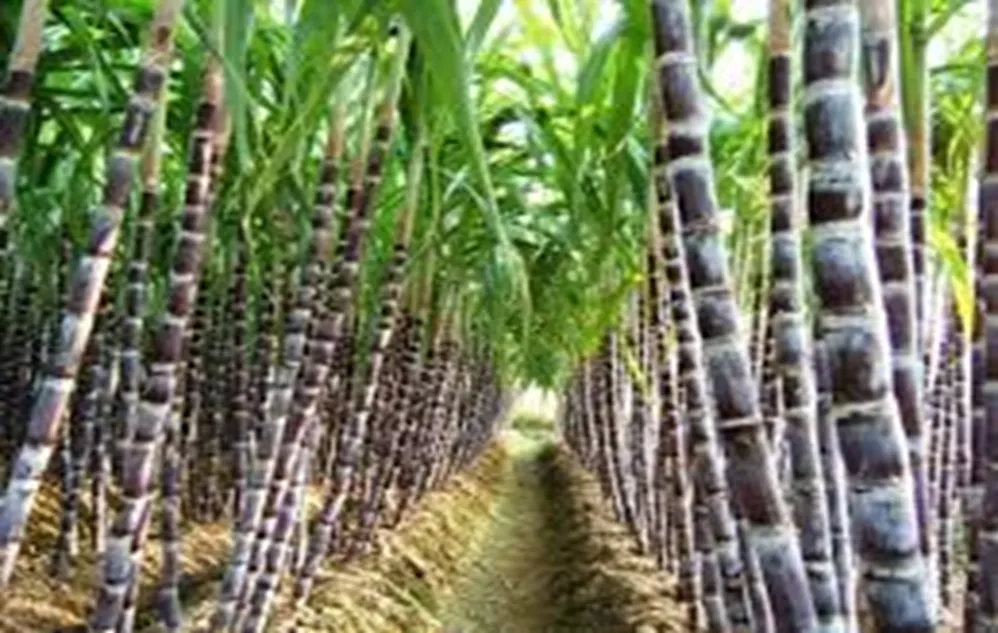Every day more the world has been concerned about the environment, making the search for sustainable practices the focus of research and large investments.
When we are dealing with sustainability, the most debated issues are the use of non-petroleum fuels and the use of renewable energy sources.
Renewable energy is that which comes from natural resources that were naturally replenished over time. Also known as green energy and clean energy, it comes from sources that do not exist the possibility of depletion over time.
Among the best known sources, we can highlight: solar, wind and biomass.
In some countries it has gained importance due to the use of renewable energies, especially when it comes to the production of ethanol for the use of the automobile and the electricity generated through the residues of sugarcane.
There are countries that have much of the electricity from hydroelectric and thermal sources, as well as the use of biomass as the third type of energy source that is used.
USE OF SUGAR CANE AS A SOURCE OF ENERGY
In the production processes of the sugarcane by-products, one ton of this ground raw material generates about 250 kg of cane residue, without considering other by-products such as straw and tips.
The burning of this biomass for the production of electricity is part of clean or green energy, being totally renewable and does not produce large environmental impacts such as the burning of fossil fuels.
Where they lack enough alternative energy to complement the hydroelectric system, mainly due to their total dependence on the level of dams and rains. As sugarcane has its production peak just during the dry months (April to November) its use for generating energy has, year after year, gained prominence.
Even with the fact that the burning of biomass produces polluting gases, the need to constantly plant the raw material, in the case of sugarcane, makes its production of energy completely renewable and clean.
ADVANTAGES OF THE USE OF THE SUGAR CANE IN THE PRODUCTION OF ENERGY
The generation of energy through the burning of bagasse has several advantages, mainly in relation to the use of thermoelectric sources, such as the burning of mineral coal or oil. Among the advantages, we can highlight:
Highly competitive due to costs: as sugarcane is already planted for ethanol production, the use of bagasse for energy production is highly viable, making the energy market cheap and competitive.
It provides seasonal rains, the amount of electricity generated in the country comes from hydroelectric power plants, which depend on rainfall to ensure the level of reservoirs, sugarcane bagasse is a great way to meet the lower production of electricity in periods of drought.
Reduction of greenhouse gas emissions: as it is totally renewable, the decrease in sugarcane reduces pollution and the greenhouse effect.
Job creation: the production of wind energy is a great incentive for the economy, since it allows the creation of jobs from the field to skilled labor in power plants and distribution terminals.
High availability: In addition to the environmental advantage over thermal power plants, cane bagasse also has greater availability and better access.
The use of renewable energy is a reality and a concern throughout the world. The use of cane bagasse has the great attraction of also allowing the production of ethanol, as well as enabling the generation of new jobs and stimulate the economy of the country.
It should also be noted that the new agricultural technologies have significantly increased the productivity of the sector, making the use of sugarcane for the production of energy more viable.
